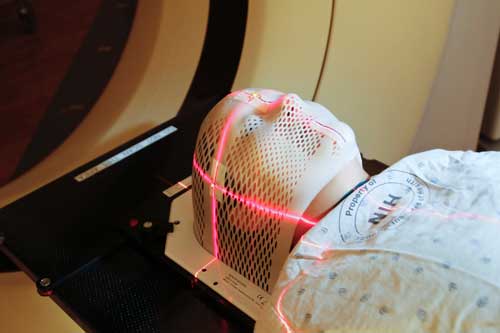- Medically reviewed by Alana Biggers, M.D., MPH — By Erica C
- news
- 0 likes
- 10024 views
- 0 comments
- radiation, cellphones radiation
Related products
Anti EMF radiation Clothing for Men
€406.00
HF (High frequency)
A MULTIFUNCTIONAL ARMOURED JACKET !Our softshell jacket is versatile. It is designed to offer you the best conditions for your outdoor activities. Thanks to its waterproof and windproof properties, you can feel comfortable in all seasons, be it spring, summer, autumn or winter.It is very flexible due to its high elastane content and...
EMF Protection Clothing for Women
Shielding scarf with animal print Coumba
€97.00
HF (High frequency)The scarf is not only a practical companion in the cold season, it can also become a fashionable piece that allows us to diversify our look. In fact it is one of the must-haves in our wardrobe.For the autumn-winter season 2020/2021 we present our new double-sided model Coumba with animal print on one side and black, very soft Nicky on...
















Comments (0)